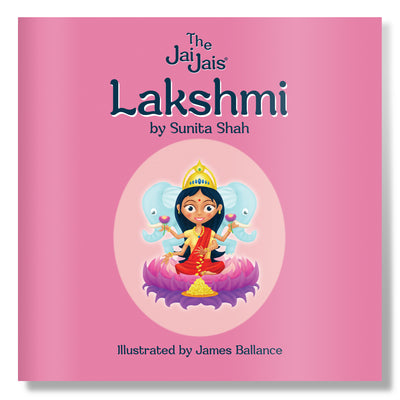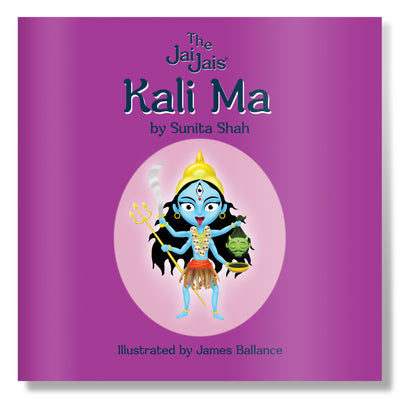Tilak, tikka, bindi, kumkum, sindoor or a ‘dot’ on the forehead of an Hindu woman is common as it tells a married status of a woman. Have you ever wondered why Hindu men have tilak on their forehead? A tilak on the forehead of the Hindus, is a sacred symbol of the universe in its natural form. This display of tilak on the forehead represents a desire to realise unity with god. The centre of the forehead between the eyebrows is believed to have a powerful Chakra on it and considers as a most sensitive part of human body. The spot where the tilak is applied is where the body’s most important chakra rests the “Ajna Chakra”. Our body has seven key chakras, energy centres. These chakras are a source of tremendous power, The Jai Jais did some posts on the seven days of Chakras in the new year, it is on our wall. The Ajna chakra, third eye is particularly sacred the centre of intuition and intellect. Applying tilak helps to protect the human body from receiving negative energy and provides positive vibes. The “Ajna Chakra” or the point between the eyebrows is the point that most of Hindus consider the entry or exit of our soul.
Generally a Bindi or Kumkum is worn by a woman where tikka or tilak is worn by both men and women while doing Pooja or on some special occasion like a wedding. It is said that by wearing tilak in the centre of the forehead, enlightens your mind and soul and gives you good thoughts. The centre where Hindus put tilak helps in curing various problems. It also has a cooling affect and prevents energy loss, improves concentration and increases blood supply to the face. Putting tilak is a tradition which embraces the cultural and traditional aspects of Indian people. According to Hindu Astrology, Mesh Rashi or the House of Aries is on the forehead. The Lord of Mesh is Mars and his colour is Red. This is why Red Chandan and sindoor is placed as tilak on the forehead.
The tradition of wearing tilak is an ancient ritual. The tilak on the forehead is the visible identified mark or symbol of Hindu people. Historically the tilak was worn to identify the caste, ‘Varna’ system. Like Brahmin wore a paste of sandalwood which symbolises purity and harmony. While Kshatriyas used to wear red tilak which signifies their bravery and courage and Vaishyas wore yellow which signified as a symbol of prosperity as they were traders, whereas, Shudras wore Black tilak symbolises they are lower class.
But with the change in time, the tilak represents your belief, or whom you worshiped as every God has its own significant and identical mark or colour of tilak e.g. Devotees of Lord Vishnu wear a yellow colour tilak on his forehead made by turmeric in three horizontal lines.
Scientifically, this area is known as a thinktank, concentration, and memory. This area is also known the area which gets heated during stress and tension. So applying a Chadan tilak on this place gives you a cooling effect and aids concentration. A tilak is imprinted on a person’s forehead from birth because it is the location by which one can convey divinity, holiness by enhancing the spiritual characteristics in a human being.
(Ref: Mangal Parinay)












